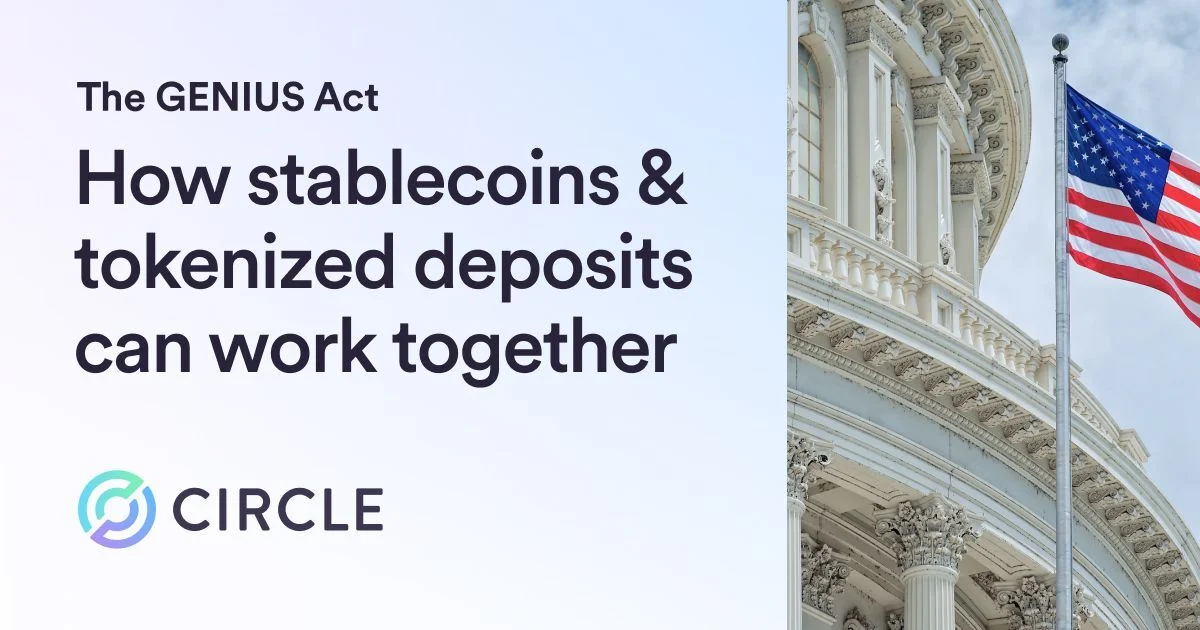Circle's CSO and Head of Global Policy, Dante Disparte, provides insight into the 10 most common misconceptions about stablecoins. Read now!

The public discourse about stablecoins, or dollar digital currencies in the case of USD Coin (USDC), labors under some common misconceptions. That much was clear following not one, but two public hearings on cryptocurrencies and stablecoins.
Important questions about consumer protection, financial inclusion, which critics often cite as a cynical fig leaf hiding the real motives of a greedy crypto industry, as well as responsible financial services innovation were raised in these hearings.
While not all stablecoins are created equal, like blockchains and crypto-assets more generally, they represent important breakthrough innovations in how money moves around the world in an always-on global economy.
Arguably, the world is in a heated digital currency space race, where some countries are opting for centralized government-led digital currency projects, while others are relying on a whole of government approach spurring fintech and digital asset investments. Others still, the category in which the U.S. falls, are gaining ground due to the sum of free market activity riding on blockchains as a foundational technology — second only to the internet.
To see this activity as an unregulated Wild West of internet banking and payments, misses the ways in which the U.S. states are (and have always been) the laboratory for financial services innovation in the country. Indeed, as the President’s Working Group on Financial Markets recently observed, stablecoins are now too big to ignore, but not yet too big to fail from a systemic risk point of view.
Because stablecoins are playing an increasingly essential role in the future of finance, payments, and economic growth, it is important to dispel common myths.
To this end, I wrote a report addressing 10 stablecoin misconceptions, in the hopes this will correct the record and improve public policy for how these important innovations can continue to advance U.S. (and global) economic competitiveness.
The full report is available here.





